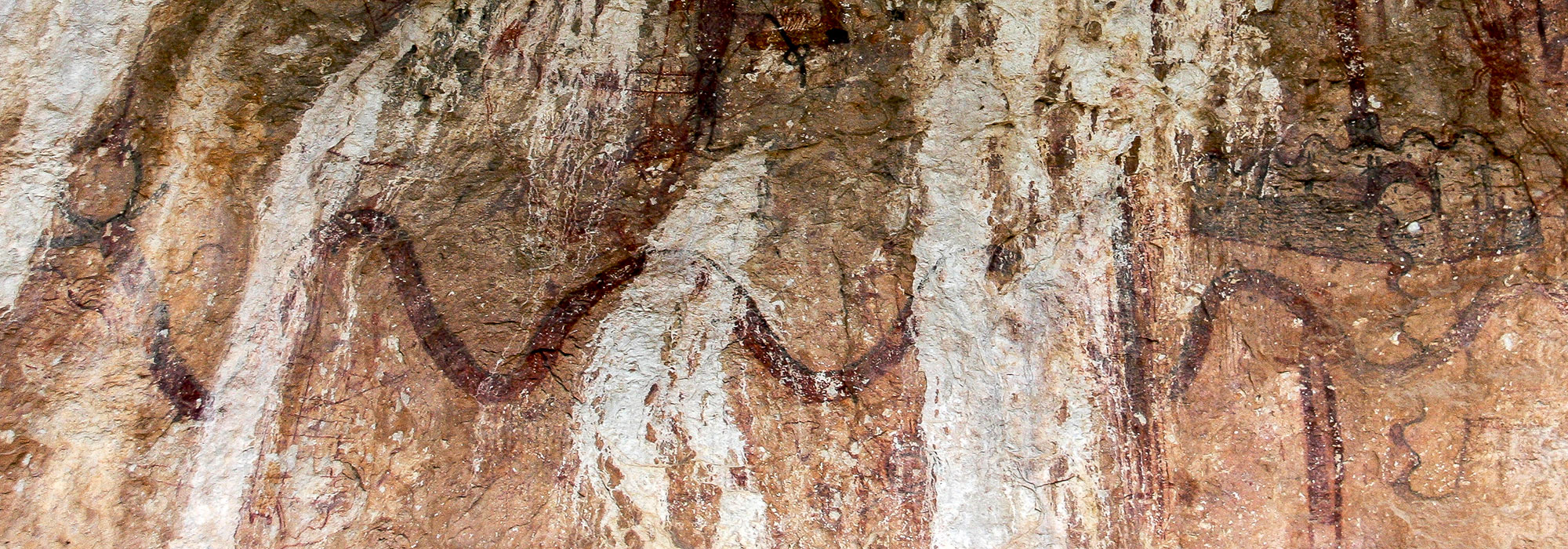Features From the Issue
-
Features
Digging Deeper into Pompeii’s Past
New research is uncovering the ancient city’s dynamic story from its origins to the eruption that buried it
 (Pasquale Sorrentino)
(Pasquale Sorrentino) -
Features
Place of the Loyal Samurai
On the beaches and in the caves of a small Micronesian island, archaeologists have identified evocative evidence of one of WWII’s most brutal battles
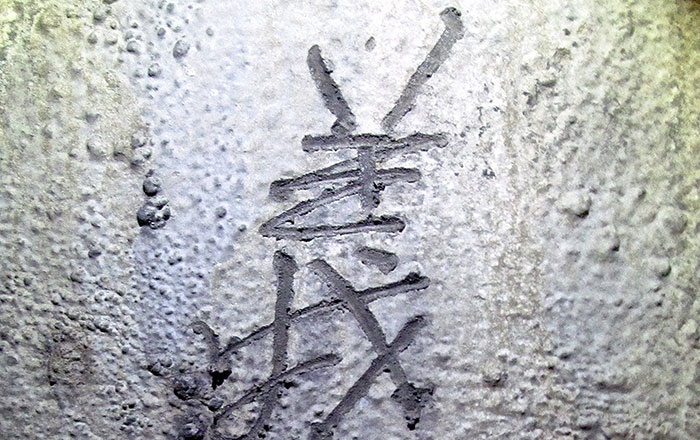 (Courtesy Neil Price)
(Courtesy Neil Price) -
Features
Magnetic Mesoamericans
Did an ancient culture master a fundamental force of nature?
-
Features
The Prayerstone Hypothesis
Thousands of decorated stone artifacts in the American West may be the key to understanding a people’s contested history
-
Features
Sacred Rites of an Early Andean Empire
A trove of offerings discovered in Lake Titicaca shows how the Tiwanaku used religion to control their territory
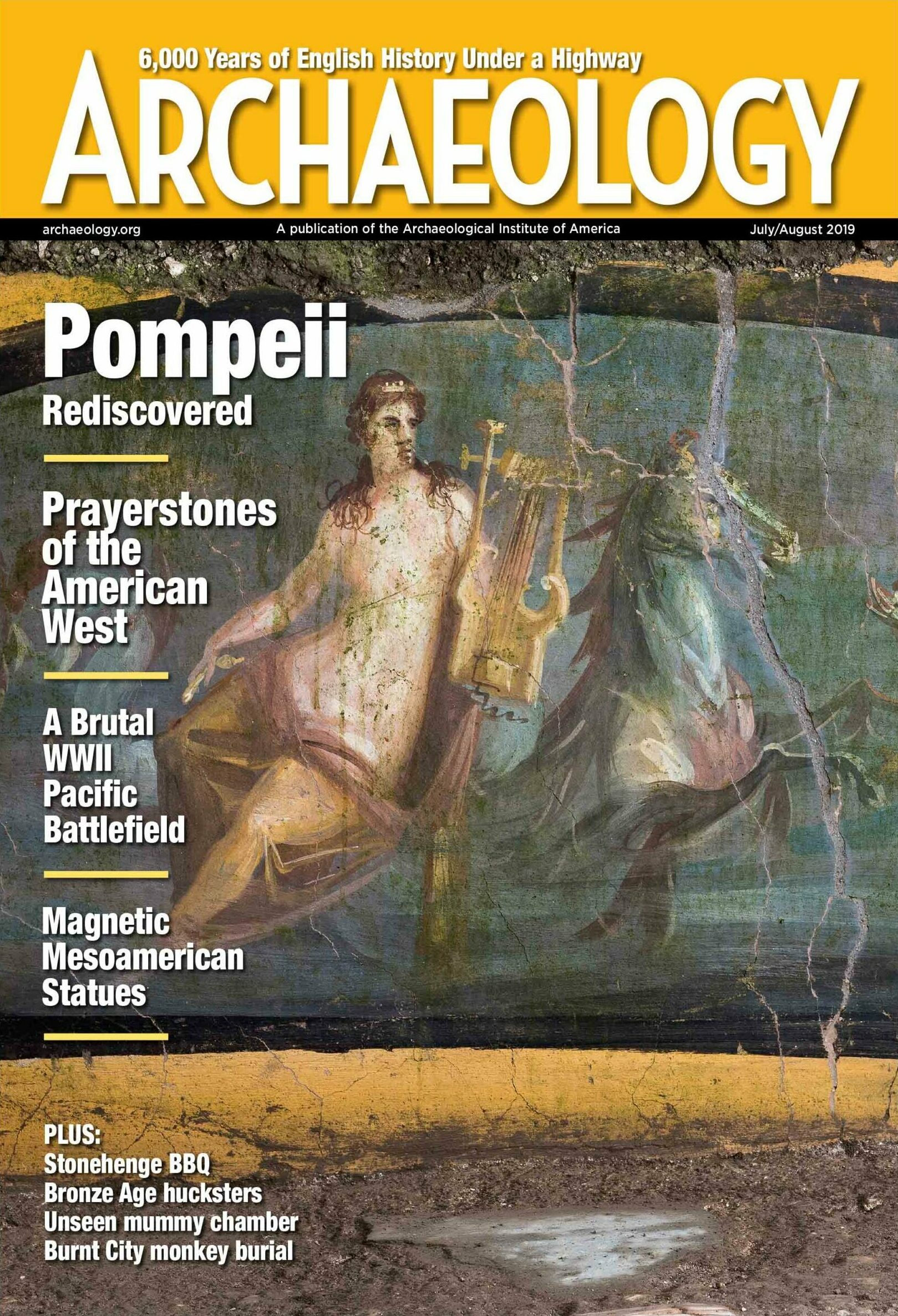
Letter from England
Letter from England
Building a Road Through History
6,000 years of life on the Cambridgeshire landscape has been revealed by a massive infrastructure project
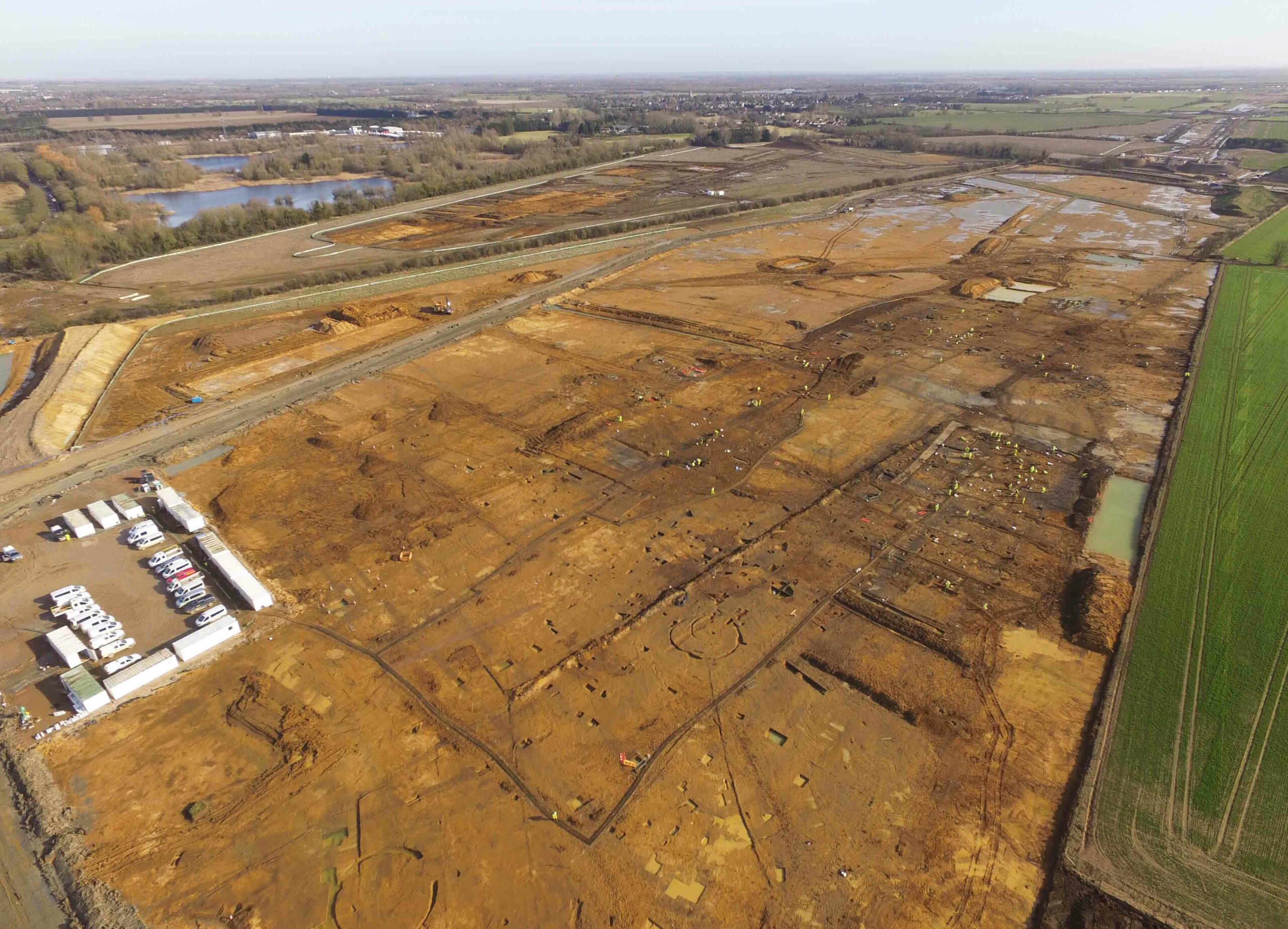
Artifact
Artifacts
Bronze Age Beads

Digs & Discoveries
-
Digs & Discoveries
You Say What You Eat
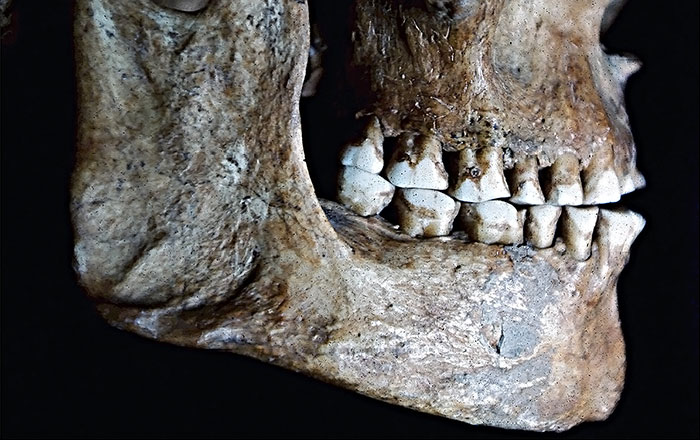 (Courtesy David Frayer, University of Kansas)
(Courtesy David Frayer, University of Kansas) -
Digs & Discoveries
Snake Snack
 (Courtesy of Shumla Archaeological Research and Education Center)
(Courtesy of Shumla Archaeological Research and Education Center) -
Digs & Discoveries
A Funeral Fit for Etruscans
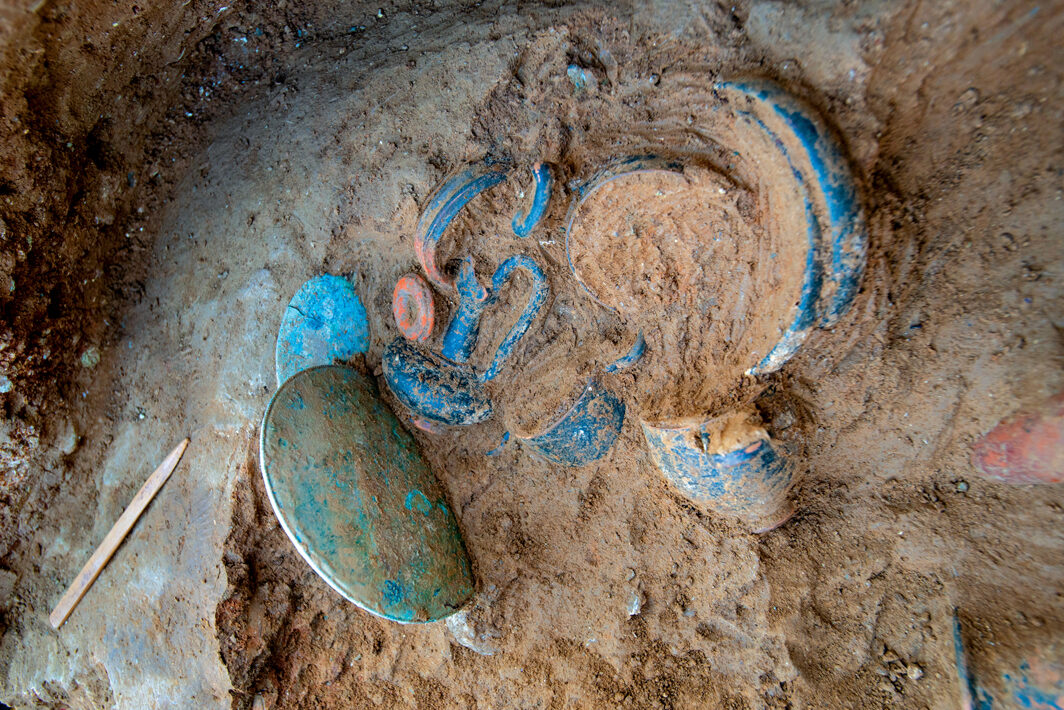 (© Denis Gliksman/INRAP)
(© Denis Gliksman/INRAP) -
Digs & Discoveries
History in the DNA
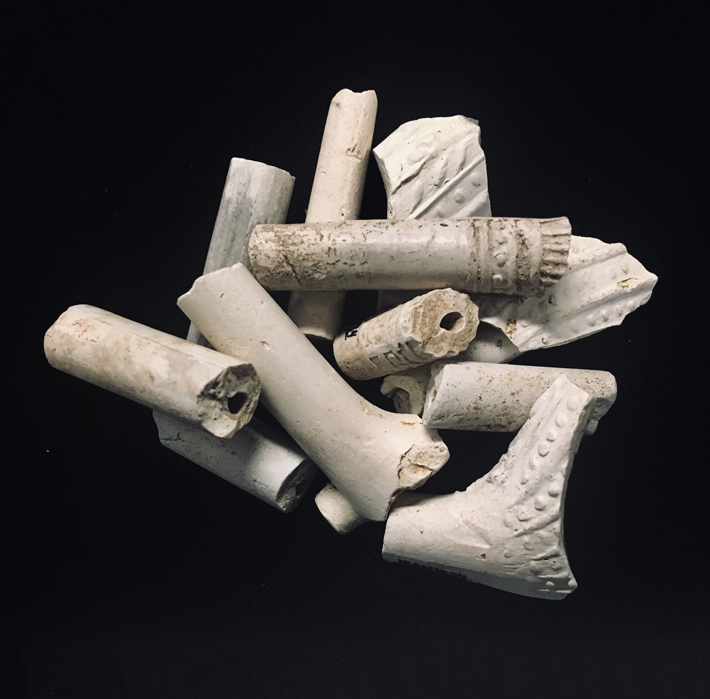 (Courtesy Julie Schablitsky/Maryland Department of Transportation)
(Courtesy Julie Schablitsky/Maryland Department of Transportation) -
Digs & Discoveries
Picnic for the Afterlife
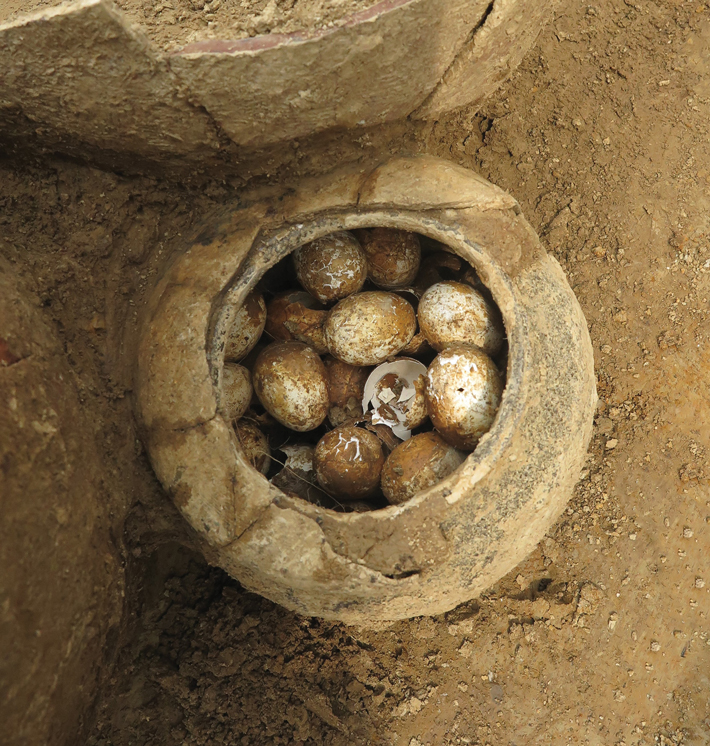 (ImagineChina)
(ImagineChina) -
Digs & Discoveries
A Big Production
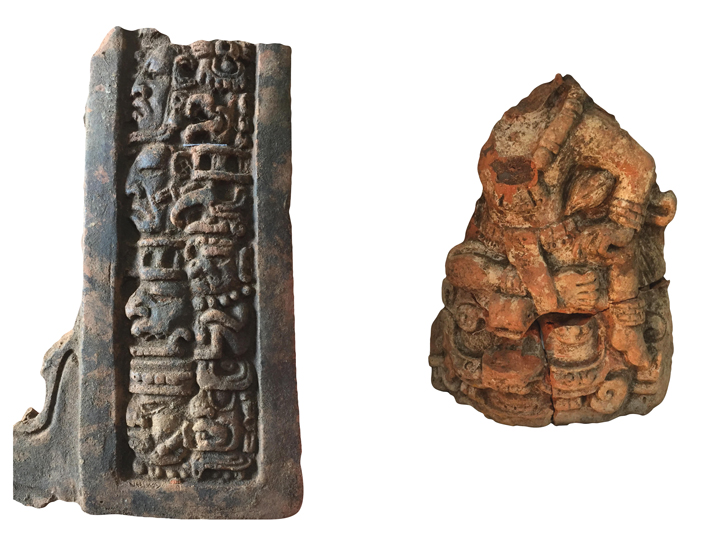 (Courtesy Brent Woodfill)
(Courtesy Brent Woodfill) -
Digs & Discoveries
Putting Dinner on the Table
 (Courtesy William Keegan/Florida Museum of Natural History)
(Courtesy William Keegan/Florida Museum of Natural History) -
Digs & Discoveries
Medieval Baby Bootie
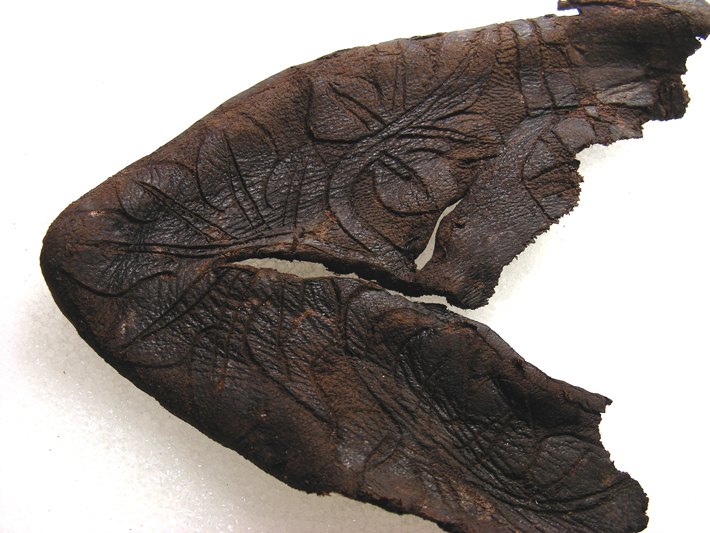 (Photo Marquita Volken/© Office of Culture and Gentle Craft)
(Photo Marquita Volken/© Office of Culture and Gentle Craft) -
Digs & Discoveries
Cotton Mill, Prison, Main Street
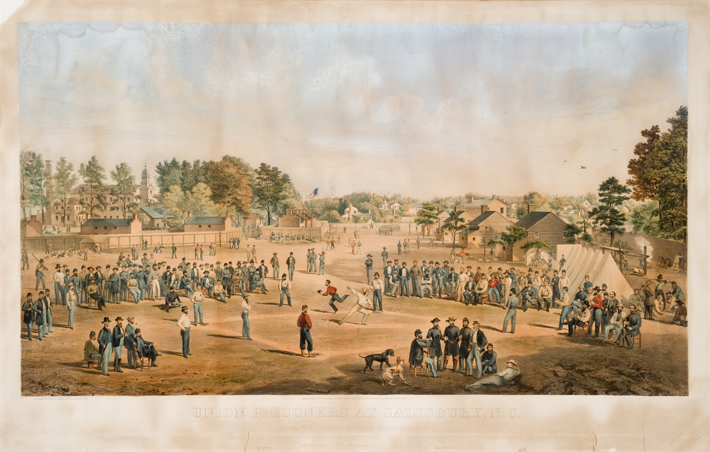 (Illustration: Otto Botticher, Union Prisoners at Salisbury, N, C., 1863. Courtesy of Reynolda House Museum of American Art, Affiliated with Wake Forest University)
(Illustration: Otto Botticher, Union Prisoners at Salisbury, N, C., 1863. Courtesy of Reynolda House Museum of American Art, Affiliated with Wake Forest University) -
Digs & Discoveries
Animal Archaeology
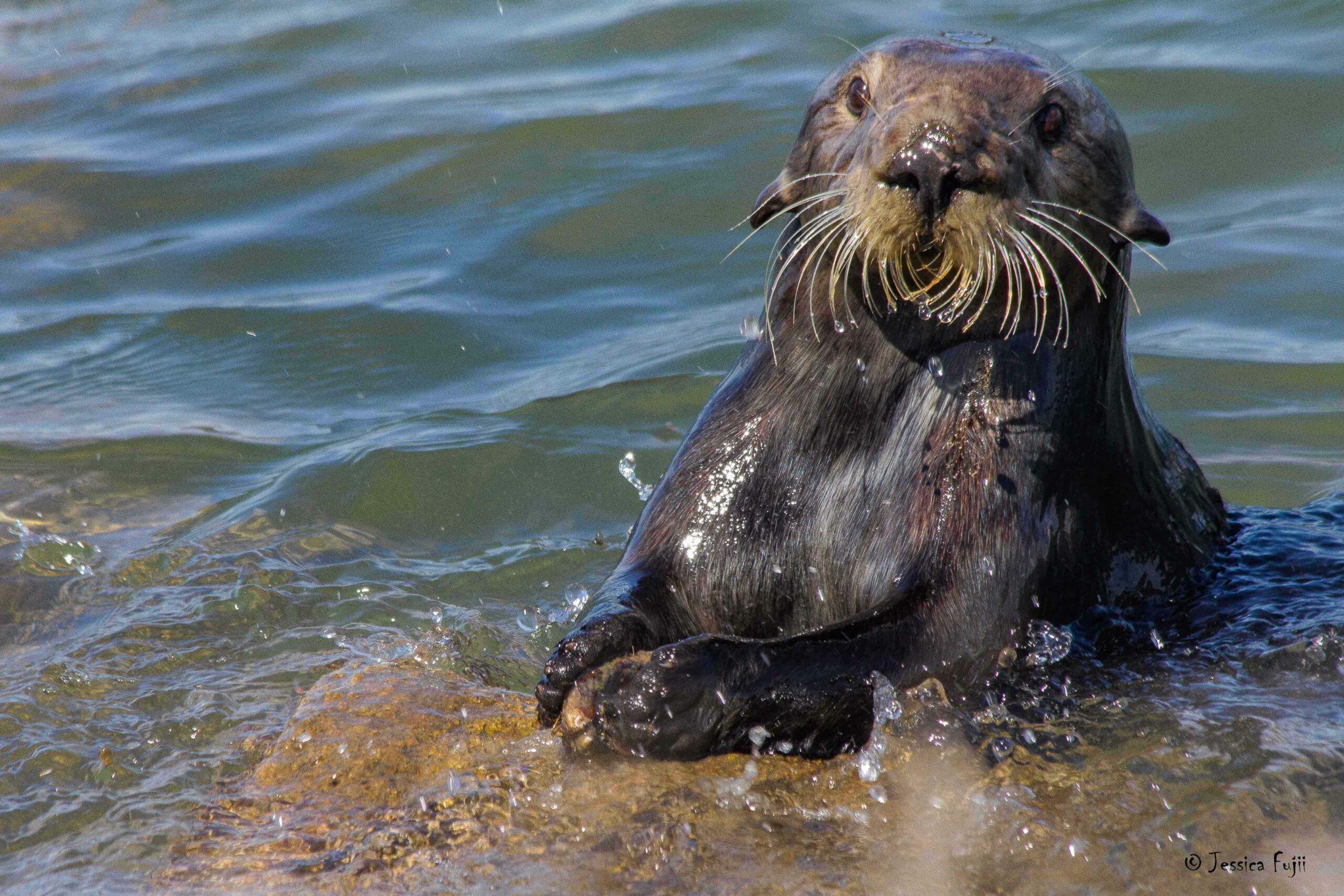 (Monterey Bay Aquarium, Jessica Fujii. Haslam et al. 2019. Wild sea otter mussel pounding leaves archaeological traces. Scientific Reports.)
(Monterey Bay Aquarium, Jessica Fujii. Haslam et al. 2019. Wild sea otter mussel pounding leaves archaeological traces. Scientific Reports.) -
Digs & Discoveries
The Unseen Mummy Chamber
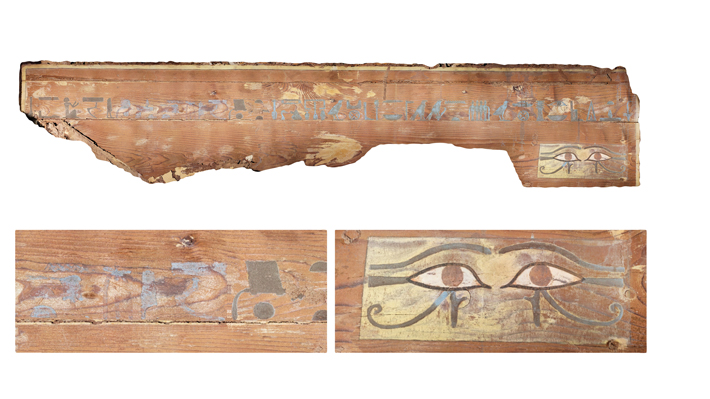 (Courtesy Antonio Mozas-Calvache)
(Courtesy Antonio Mozas-Calvache) -
Digs & Discoveries
Neanderthal Fashion Statement
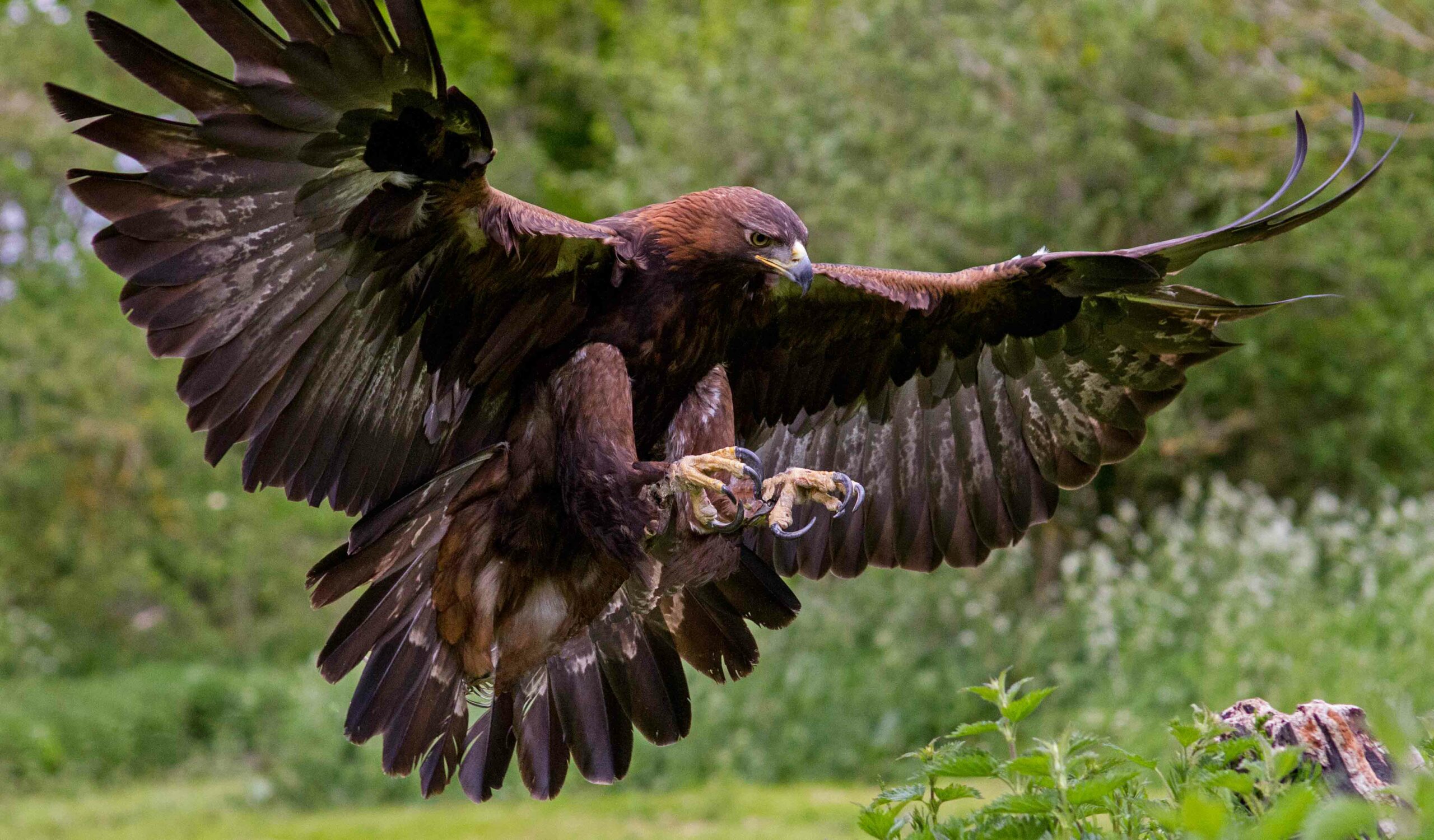 (iStock)
(iStock) -
Digs & Discoveries
Spring Boards
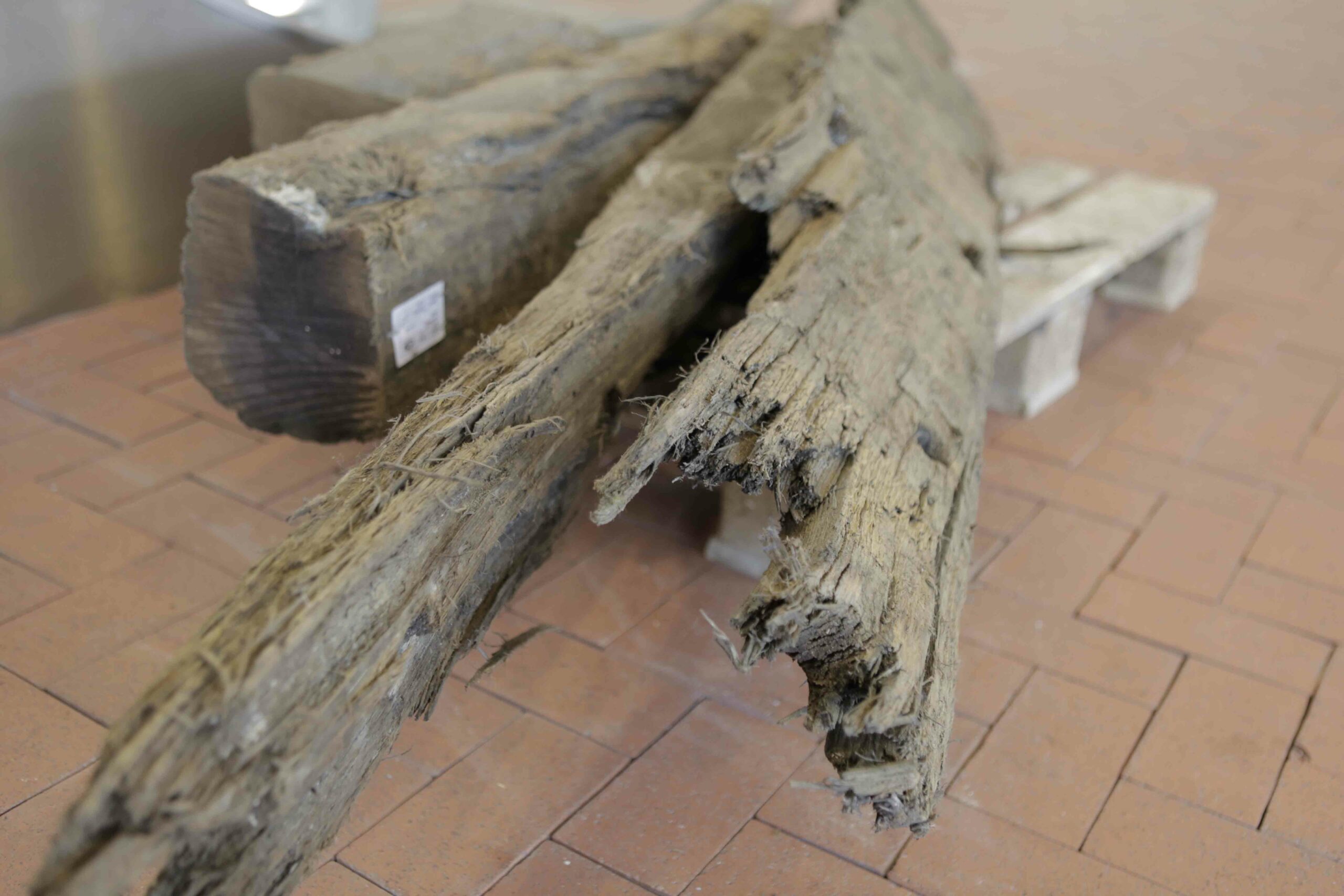 (Courtesy Cultural Heritage Agency of the Netherlands)
(Courtesy Cultural Heritage Agency of the Netherlands)
Off the Grid
Off the Grid July/August 2019
Merv, Turkmenistan
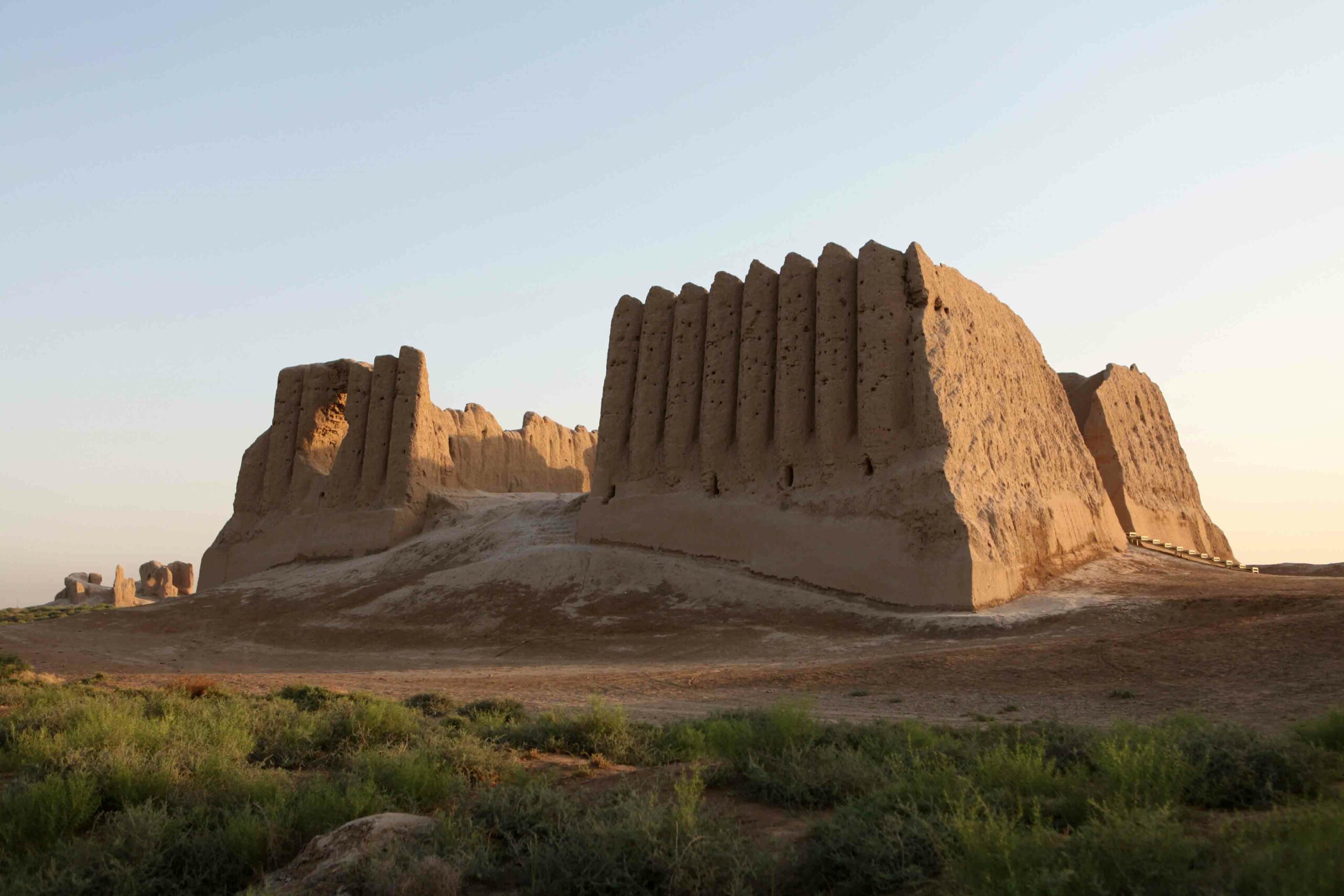
Around the World
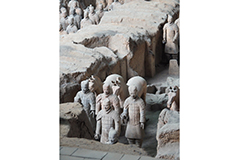
CHINA

CHINA: One of the most remarkable aspects of the Terracotta Army is the pristine state of the soldiers’ bronze weapons after 2,000 years underground. Because trace amounts of chromium have been detected on the blades, scientists have long presumed that ancient Chinese craftsmen invented a type of anti-rust coating. However, researchers have learned that the chromium is actually contamination from lacquer applied to the weapons’ handles and shafts, and is not responsible for the metal’s preservation. It is now thought that the chemical composition of the surrounding soil helped prevent corrosion.
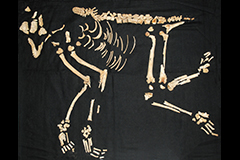
IRAN

IRAN: The necropolis in Shahr-i-Sokhta (“Burnt City”) in southeastern Iran contains burials of as many as 37,000 humans—and at least one rhesus macaque. The animal was likely kept as the pet of a wealthy family. When it died more than 4,500 years ago, it was interred in the cemetery in the same style as a human infant. The monkey species, which was seen as a symbol of wealth, power, and prestige, is not native to Iran and may have been imported from the Indus Valley.
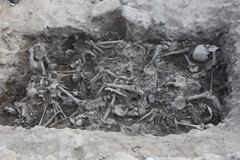
LEBANON

LEBANON: Between the 11th and 13th centuries, hundreds of thousands of Europeans ventured to the Near East in a campaign to reconquer the Holy Land. A new study suggests that the Crusader army may have been more diverse than originally thought. DNA sequencing of 9 soldiers who were buried together in a mass grave near Sidon in the 13th century revealed, to the researchers’ surprise, that 3 were European, 4 were Near Eastern, and 2 had a mixture of European and Near Eastern ancestry.


